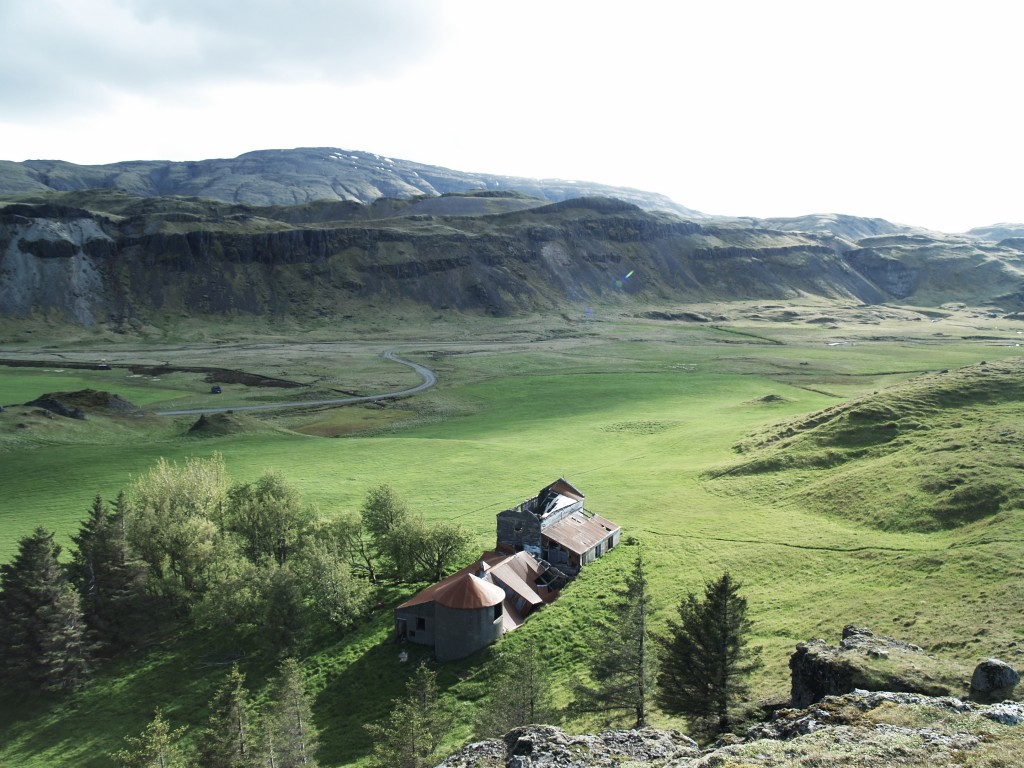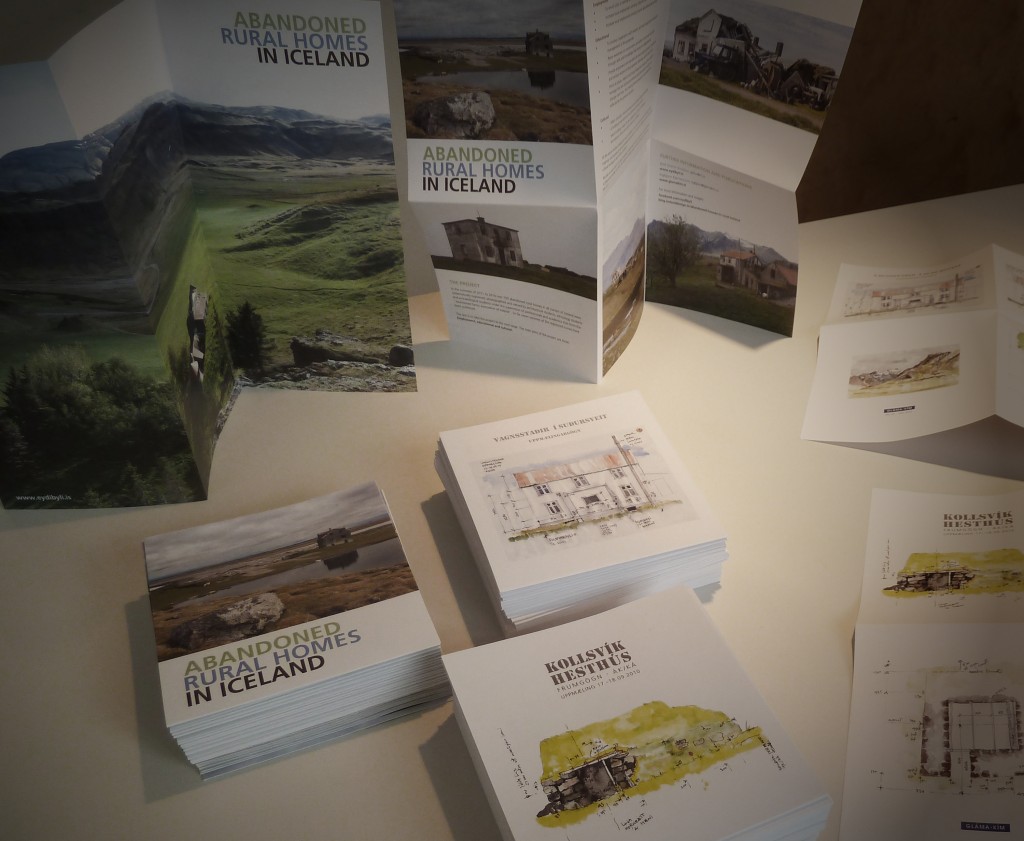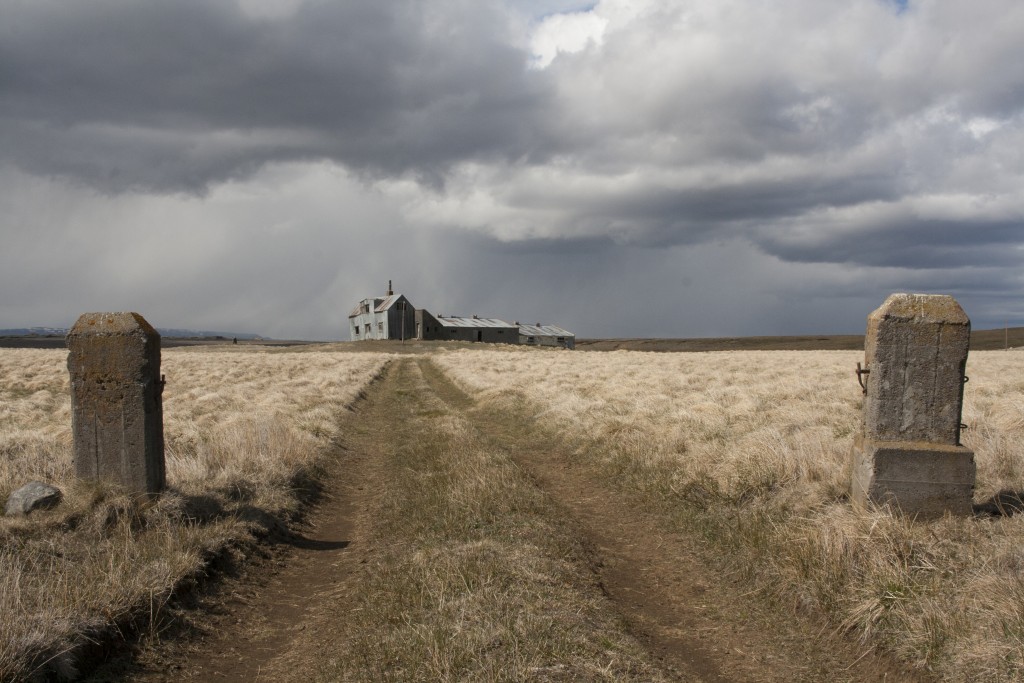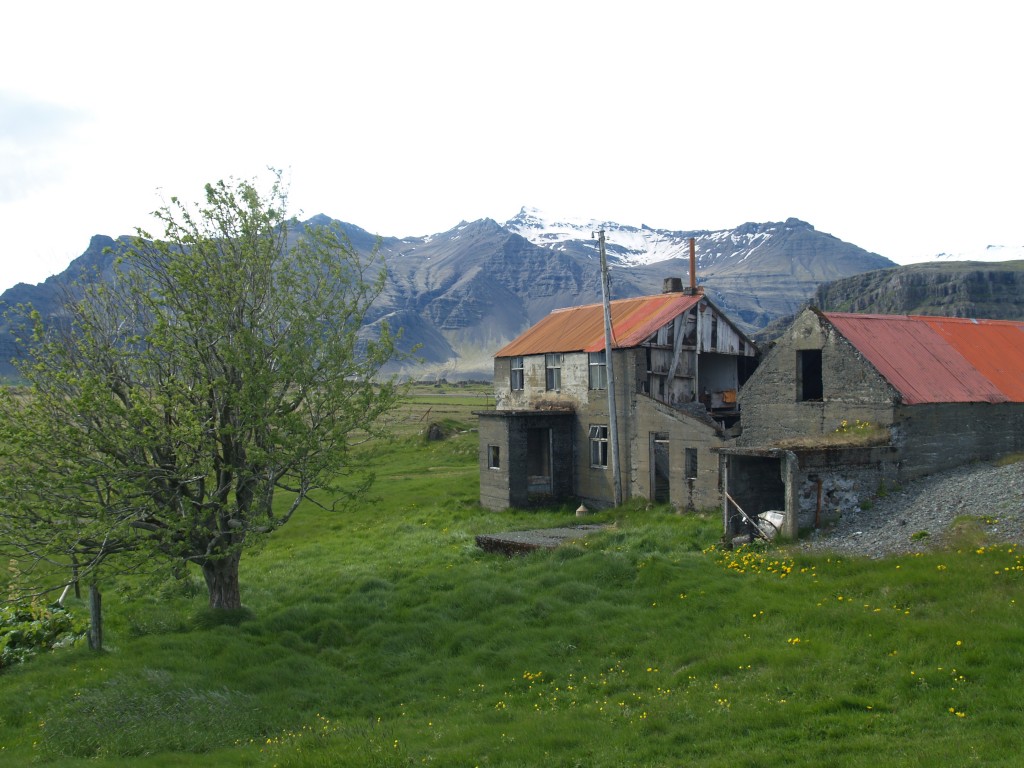Eyðibýli á Íslandi
2011-2014
Á árunum 2011- 2104 voru yfir 700 yfirgefin hús um allt Ísland skráð skipulega, ljósmynduð og metin af háskólanemum í arktiektúr, mannfræði og fornleifafræði undir handleiðslu sérfræðinga úr félaginu Eyðibýli-áhugamannafélag. Aðalhvatamenn félagsins og rekstraraðilar verkefnisins eru eftirtalin þrjú fyrirtæki: R3-Ráðgjöf ehf., Gláma-Kím arkitektar og Stapi – jarðfræðistofa.
Nú hafa yfirgefin hús um allt land verið skráð og gefin út í alls 7 bindum, skipt eftir landshlutum. Einnig er nú hægt að fá kassa sem passar undir ritröðina alla. Bækurnar er hægt að kaupa í gegnum heimasíðu félagsins, eyðibýli.is.
Í verkefninu er hugtakið eyðibýli notað í nokkuð víðum skilningi. Það er látið ná yfir yfirgefin hús í sveitum og smærri þéttbýlisstöðum, jafnvel þótt þau standi þar sem enn er önnur byggð til staðar, þ.e. ekki eingöngu á eyðijörðum. Eyðibýli geta haft mikla þýðingu af ýmsum ástæðum:
- Merkar menningarminjar
- Mikilvægar heimildir um byggðasögu
- Aldur húsagerð og byggingarlag
- Tenging við fornminjar eða sagnaslóðir
- Sérstaða í landslagi
- Heimildir um landnám og helgun staða
Markmið verkefnisins er að rannsaka og skrá umfang og menningarlegt vægi eyðibýla og annarra yfirgefinna íbúðarhúsa í sveitum landsins. Meta menningarlegt vægi einstakra húsa og varðveita valin eyðibýli á Íslandi.
Nánari upplýsingar um verkefnið auk fleiri ljósmynda má nálgast á eftirfarandi vefsíðum:
eydibyli.is
facebook.com/Eydibyli
blog.icelanddesign.is/abandoned-houses-in-rural-iceland/
_ _ _
Abandoned Rural Homes in Iceland
2011-2014
In the summers of 2011 to 2014 over 700 abandoned rural homes in all corners of Iceland were systematically registered, photographed and valued by architectural students, ethnology students and archaeological students under the supervision of professionals and academics that form the “Abandoned farms association of Iceland”. So far seven volumes of the registered homes have been published.
The aim is to take the project to the next stage. The main aims of the project are three: Employment, educational and cultural.
NEXT PHASE
Employment
- To enrich jobs in remote areas.
- Increase local employment among cultural and construction specialists.
- Increase local employment among tourist specialized personnels.
Educational
- To involve cooperation with owners, and well organized centralized management of the properties.
- Raise awareness on conservation principles in extreme situations through skills and knowledge that slowly are disappearing.
- Provide enjoyment and education by encouraging physical, intellectual and sensory access to the properties following careful restoration.
- Point at places, objects and living things that make up the collective heritage that are various and diverse and their value to society will change over time, thus making the job prospects more varied than reflected by the present situation.
Cultural
- Select culturally, environmentally and architecturally good examples of buildings that deal with the Icelandic built environment.
- Select buildings unique for the collaboration of man´s settlement and extreme climatic and earth-influenced conditions.
All the above involves making the work accessible to the public and to give the buildings added meaning and purpose as well as providing opportunities for everyone to engage with the natural and cultural heritage in each corner of Iceland.
We plan to work with 5-10 unique examples of abandoned houses in rural areas and restore them so they are accessible, and fit for the purpose of housing visitors in harmony with the environment they sit in.
FURTHER INFORMATION AND PUBLICATIONS
Gisli Sverrir Arnason, gislisv@r3.is
www.eydibyli.is
Sigbjorn Kjartansson, sigbjorn@www.glamakim.is
www.glamakim.is
For more information and images:
http://www.eydibyli.is/
facebook.com/eydibyli
blog.icelanddesign.is/abandoned-houses-in-rural-iceland

















